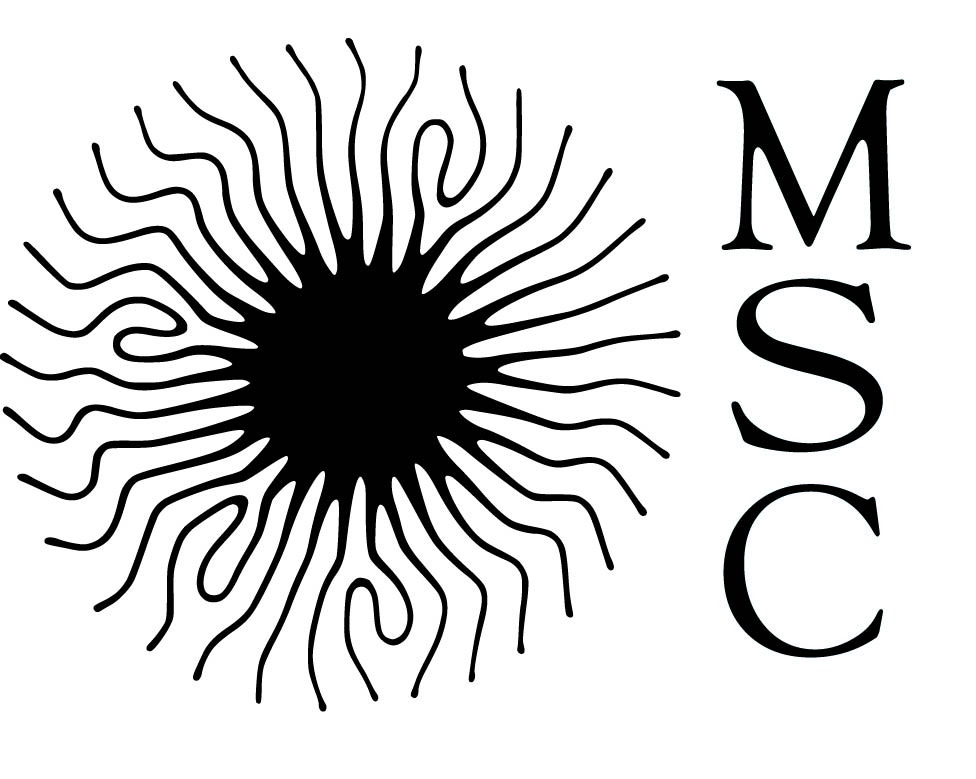Detection of titanium nanoparticles in human, animal and infant formula milk
Résumé
The sustainability of mammals on Earth relies on milk. During lactation, maternal exposure to pollutants like metal nanoparticles (NPs) can affect offspring development and survival. Despite being banned from food applications in Europe due suspected toxicity, titanium dioxide (TiO2) NPs are still massively manufactured for countless other uses. While contamination of ecosystems is well documented, contamination of mammals remains underexplored. Here, we used synchrotron X-ray fluorescence and single particle inductively coupled plasma mass spectrometry to analyse human, animal, and infant formula milk. Titanium containing micro- and nano-particles were detected in all samples, regardless of the species, location, and processing. We identified varying concentrations, sizes, and combinations of rutile and anatase TiO2, ilmenite FeTiO3 and possibly titanite CaTiSiO5 or pseudobrookite Fe2TiO5. These findings suggest that milk serves as a carrier for titanium-containing nanomaterials to expose newborns on a daily basis until weaning.
Fichier principal
 RivardCetal2024__main_unlinked.docx.pdf (887.96 Ko)
Télécharger le fichier
RivardCetal2024__supplementary.pdf (2.34 Mo)
Télécharger le fichier
RivardCetal2024__main_unlinked.docx.pdf (887.96 Ko)
Télécharger le fichier
RivardCetal2024__supplementary.pdf (2.34 Mo)
Télécharger le fichier
| Origine | Fichiers produits par l'(les) auteur(s) |
|---|---|
| licence |
| Origine | Fichiers produits par l'(les) auteur(s) |
|---|---|
| licence |




